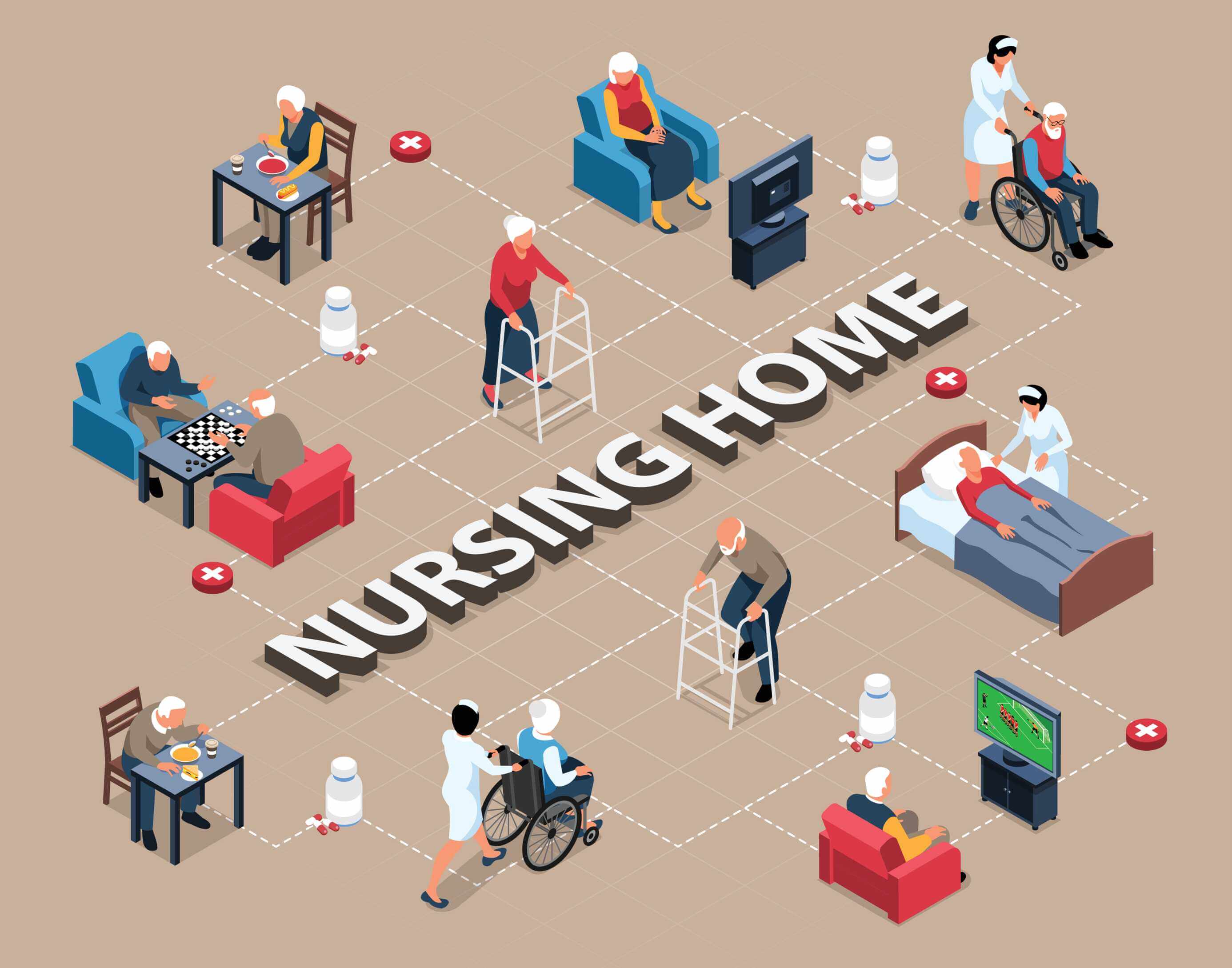A New Kind Of Intergenerational Care-based Cohousing

In 2019, Jahn approached architect Rafi Segal, an MIT associate professor and colleague. Together they worked on the concept, bringing in Baltimore developer and investor Ernst Valery, who has a track record in affordable housing in underserved communities.
“Carehaus is strategically located near public transportation; downtown Baltimore, with its cultural institutions; and a medical center. Many developers don’t see the inherent good and opportunities but rather race, ethnicity and economics,” says Valery, who is Haitian American.
When the project is completed at the end of 2025, Valery, 47, believes that Carehaus will help culturally and economically revitalize the predominantly Black East Baltimore neighborhood. It will not only attract young families and more developers, he thinks, but improve the lives of older adults who are going to age in place.
Some of the programming will draw from the neighborhood and city. Perhaps staff from an arts organization a couple of blocks away might come to Carehaus and do arts and crafts projects with residents. Or maybe a guest lecturer from a downtown Baltimore museum, a nutritionist or a financial literacy expert might visit. The cofounders are already exploring such partnerships.
Residents aren’t required to need care when they move in but will know it’s there if they do. The goal is for half of the older adults to be low-income people who qualify for public subsidies toward rent and/or food; the others will be mixed income and pay market rate. Two to four units will be reserved for caregivers and their families, and one unit for a part-time site manager.
Valery is aiming for rent to be $700 to $900 a month to make it affordable for those at 50 to 80 percent of median income. Market rate is expected to be in the $1,400 to $2,200 range. Food and care services are additional, but as Jahn notes, “overall rates are considerably more affordable than other senior care options.”
One way to keep down costs is for residents to pay only for the care they need. For example, they may require more care during periods of injury or recovery and less, if any, care after that. Rates will depend on the kind of care they need and the level of acuity. If residents require more care than they can get at Carehaus, they can either bring in additional help or move to, say, memory or skilled nursing elsewhere.
‘A cool place to live’
From the start, Jahn, Segal and Valery conferred with neighbors near the site to hear about their own visions for Carehaus. The cofounders also spoke with gerontologists, doctors, nurses, people with disabilities, and professional and family caregivers, including Sarah Szanton, M.D., professor and dean at Johns Hopkins School of Nursing and director of the Center on Innovative Care in Aging; Thomas K.M. Cudjoe, M.D., assistant professor, geriatric medicine and gerontology, Johns Hopkins University; Emmanuel Opati, assistant administrative director of telemedicine at Johns Hopkins Health System; and Bonnielin Swenor, director, Johns Hopkins University Disability Health Research Center.
“It was really important that the building not look like an old people’s home or have an institutional feel,” says Segal, the architect. “I want it to feel like a cool place to live that is hip and contemporary.”
The building, as planned, has distinctive angles, showing windows of different shapes and sizes. “The facade is a piece of art in itself that creates more of a public presence,” Segal explains.
There will be no corridors. Rather, each floor will have four or five units surrounding a common room. Natural light, vibrant colors and art will abound throughout the building. Public spaces will have large windows, with smaller ones in each unit to allow residents to see what’s happening on the street from their bed or sofa.
Popular Products
-
 Lightweight Auto Cane Grab Handle
Lightweight Auto Cane Grab Handle$38.99$26.78 -
 Plug-in Carbon Monoxide Detector
Plug-in Carbon Monoxide Detector$57.99$39.78 -
 Universal Baby Safety Stove Knob Covers
Universal Baby Safety Stove Knob Covers$30.99$20.78 -
 King Size Bed Wedge Pillow
King Size Bed Wedge Pillow$157.99$109.78 -
 Detachable Hydraulic Patient Lift Chair
Detachable Hydraulic Patient Lift Chair$801.99$479.78